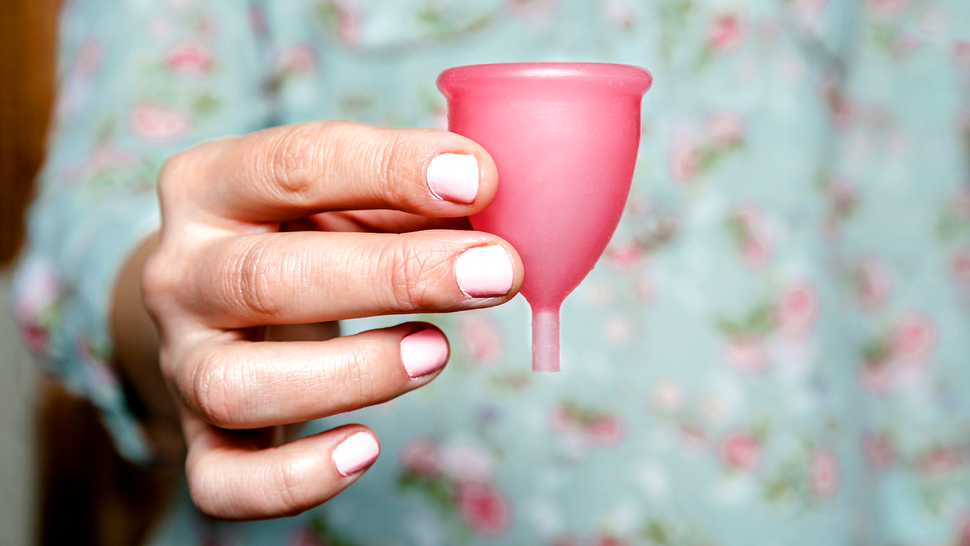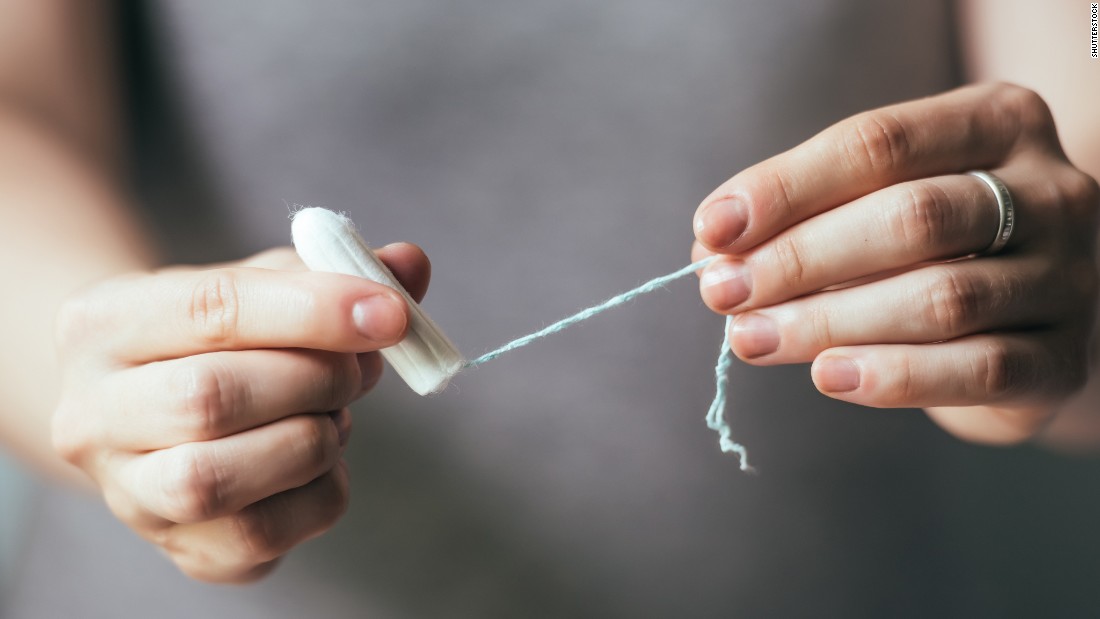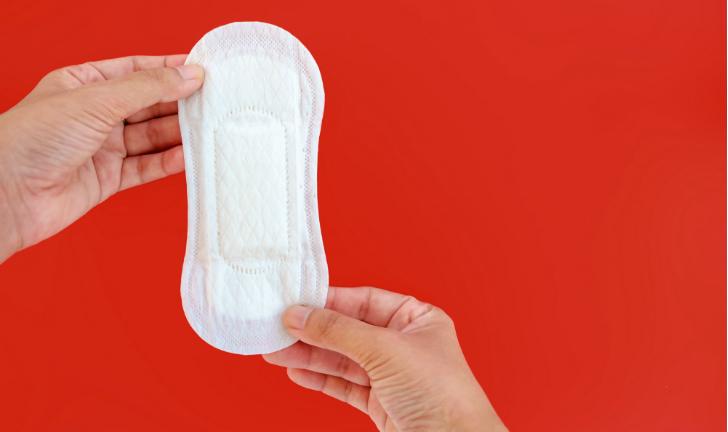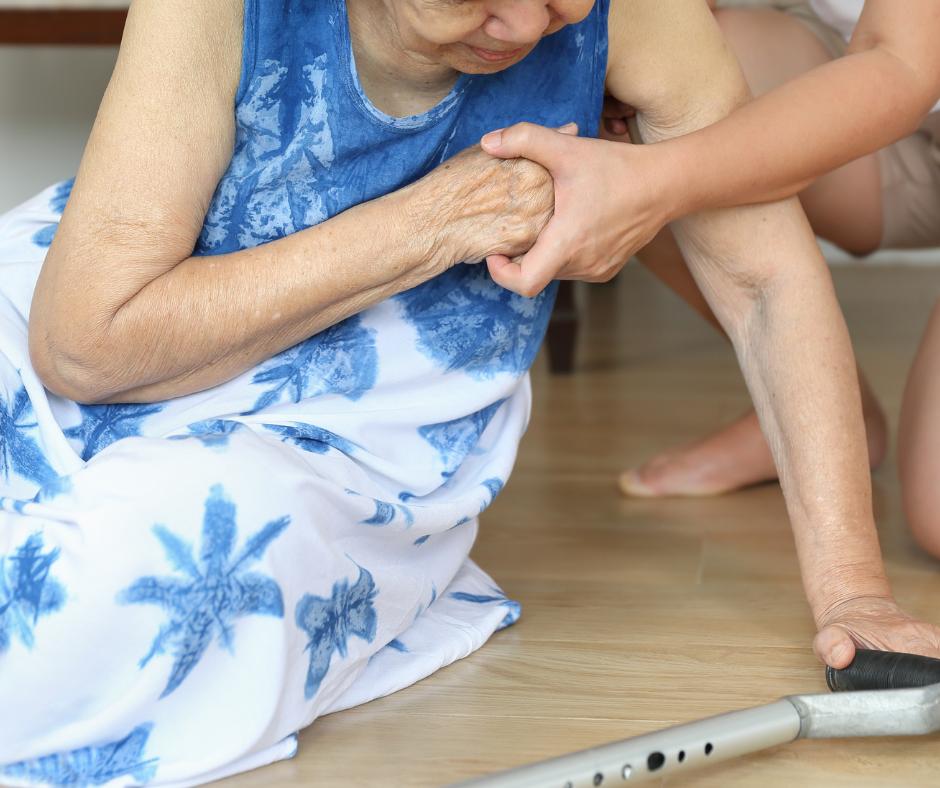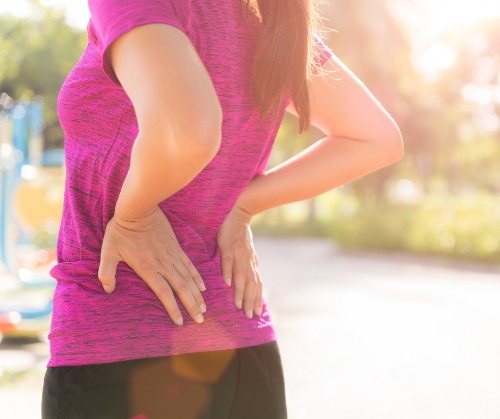SHARES
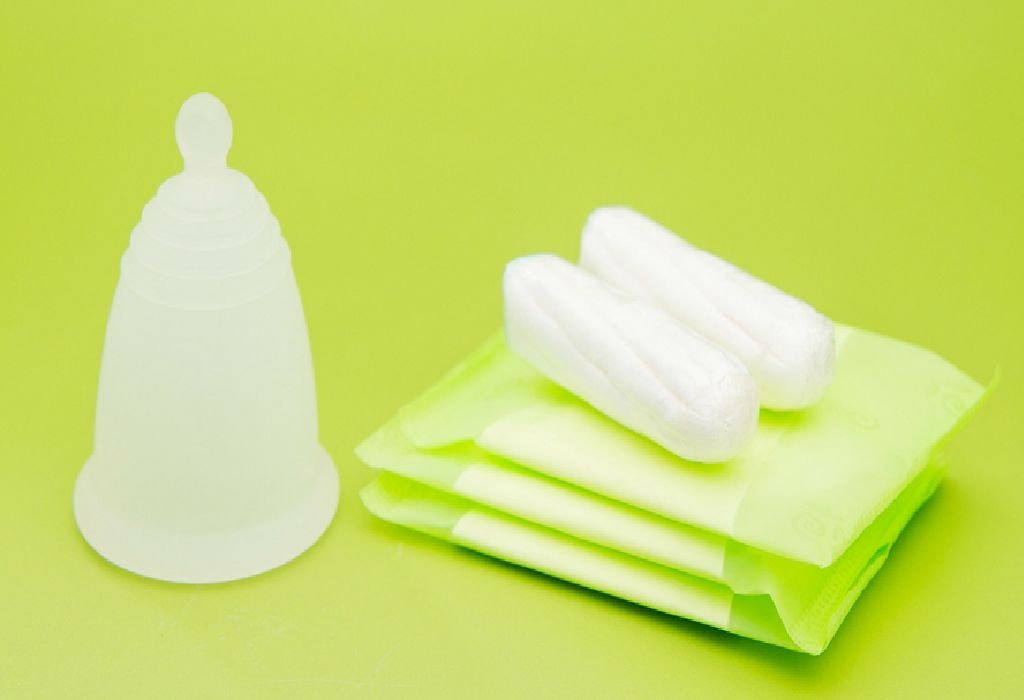
Globally 1.9 billion women of menstruating age, spend 65 days a year on average, dealing with menstrual blood flow. While it is something all women go through, yet none of us talk much about – unless we’re asking for a tampon or complaining of cramps. We even avoid saying we’re on our period.
In addition,a study found that many girls and women are not aware of new strategies and alternatives to female hygiene products in the market. So, here’s the lowdown on what is what in the menstrual hygiene market.
What Are Menstrual Cups, Tampons & Pads
Menstrual Cups
In the last few years menstrual cups has emerged as an eco-friendly substitute to disposable pads and tampons. Unlike pads and tampons, these flexible silicone cup collects menstrual blood from within the vagina. Additionally, menstrual cups can last up to 10 years making them a cheaper alternative.
Menstrual cups may have slowly grown in popularity. Although, there are still many unaware of it as an option. Plus, others remain skeptical if they even work or are safe.
Just before your period begins, tightly fold the menstrual cup and insert it like a tampon without an applicator. Your cup will spring open (you may need to rotate it first) and rest against the walls of your vagina forming a seal to prevent leaks. And unlike pads and tampons , you can leave the cup in for approximately 12 hours !
The first systematic review of the international use of menstrual cups should put some of that fear and reluctance to rest. According to the current literature, menstrual cups are cheaper, greener and just as safe and effective as other menstruation products.
Tampons
Tampons are very much like menstrual cups in the sense that they are both fitted inside your vagina. Placed properly, your vaginal muscles help hold them in place (without you even knowing!) and only. Additionally, tampons are tiny plugs made of cotton with a little string so you can easily pull them out.
Fret not as there are also reusable tampons ! According to the blog Cloth Pads, three of the most common ways to DIY reusable tampons are by sewing, knitting, or crocheting the rolled up material. It’s also good to remember that just because something is organically made doesn’t mean it’s 100 percent safe to use, nor does it mean it grants you immunity from potentially harmful side effects.
Strong as they are, vaginas are super fragile when it comes to bacteria. The issue with reusable tampons is they are mass-produced by name brand companies. So, it’s up in the air whether or not the products themselves are of a high quality.
Pads
Pads, followed closely by tampons, are the most frequently chosen period product for maintaining menstrual hygiene. In addition, pads and tampons are made with a combination of absorbent fibers – both natural and synthetic, including cotton and rayon. Pads are adhesive and rest on the inside of your underwear to absorb your flow.
No matter the volume of your flow, you should change pads at least every 3 to 4 hours. This is to avoid odor from bacteria growth. Additionally, if you are looking for an eco-friendly alternative there are cloth pads which can last a year or two. Plus, you can make them at the comfort of your own home.
Finally, I think it’s good to be reminded of this. While most of us consider this a norm other women and young girls all over the world face discrimination. Women and young girls who menstruate are ostracized from basic activities. For example, eating certain foods or socializing even. The cultural shame attached to menstruation and a shortage of resources stop women from going to school and working every day.
You can search, find, call, send enquiry or request for appointment with a GP/ Family Doctor on GetDoc:
Find a GP/Family Doctor in Malaysia, on GetDoc
Find a GP/Family Doctor in Singapore, on GetDoc
by Yashwini Ravindranath
Born & raised in Malaysia, Yashwini earned her M.D. studying in Moscow's Russian National Research Medical University. With an affiliation towards research, all things coffee and the startup ecosystem, she now contributes articles to GetDocSays View all articles by Yashwini Ravindranath.
